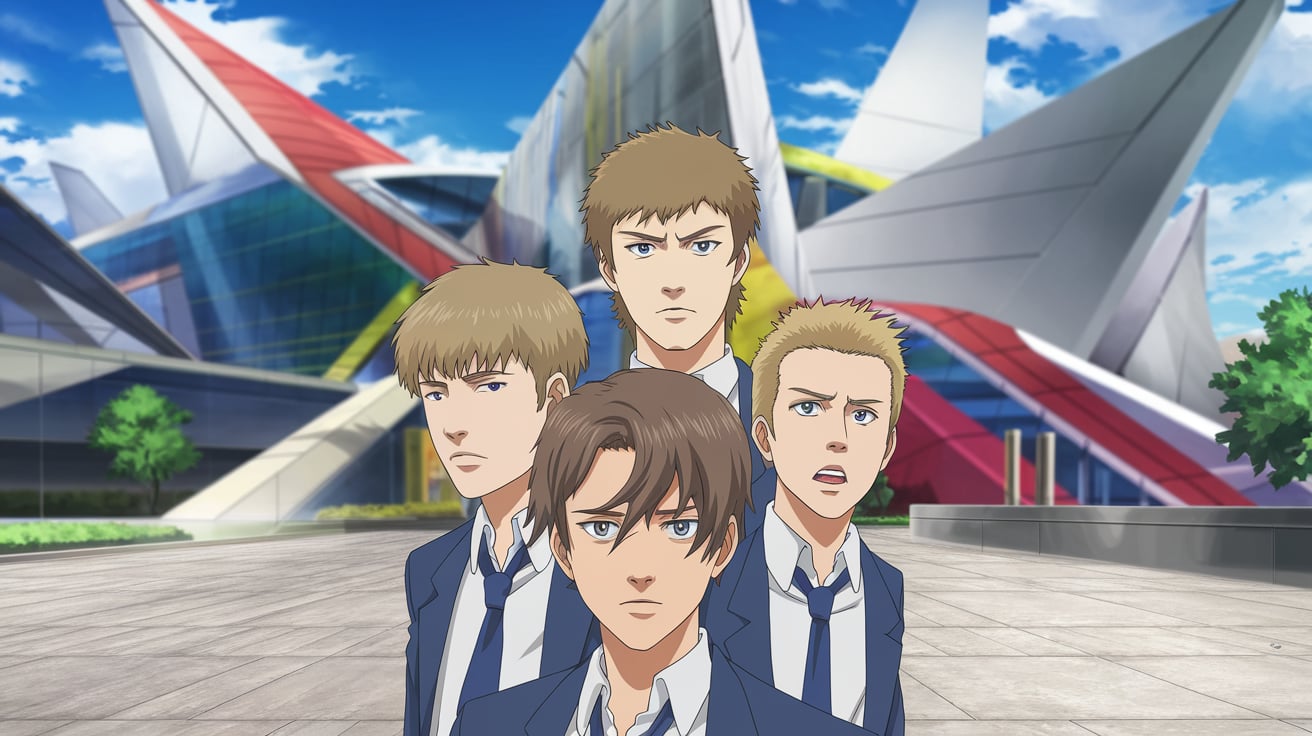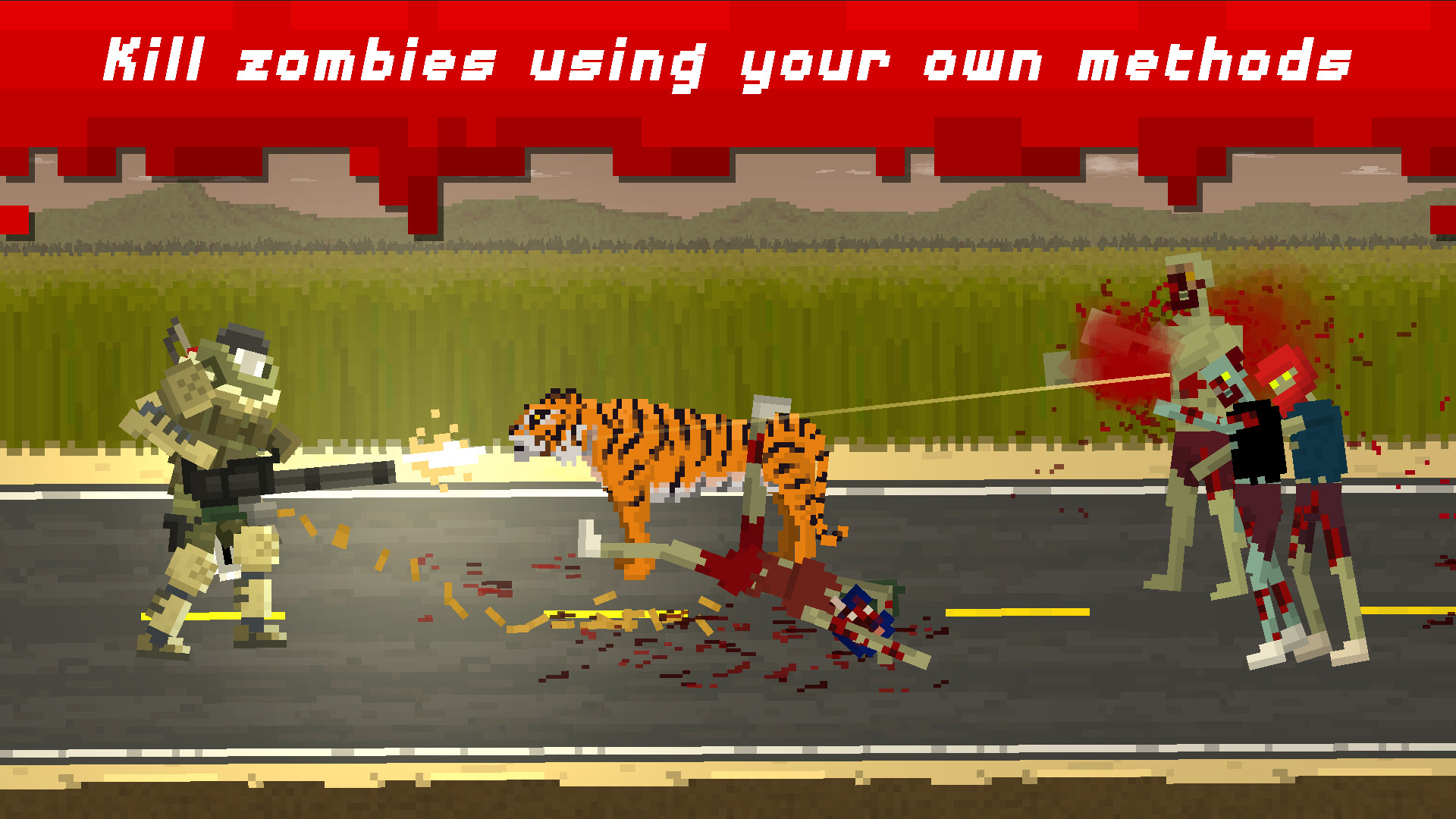
The is a magnetic force in anime, pulling fans into a whirlwind of emotions where characters wrestle with tangled hearts and tough choices. This term, born in the buzzing world of Japanese pop culture, captures the drama of a love triangle—or any three-way emotional tug-of-war—that leaves characters and viewers alike on edge. For high school students, it’s like those moments when you’re caught between two friends or a crush, unsure which path to take. The isn’t just a plot trick; it’s a reflection of the messy, thrilling, and sometimes painful choices we all face. This article dives into its origins, why it hooks fans, and how it shapes stories and lives, all in a fun, clear way that’s perfect for young readers.
What Makes the Sankaka Complex Special?
The Sankaka Complex is all about the chaos of being stuck between two emotional pulls, often in a love triangle. The word “sankaku” (Japanese for triangle) points to the three-sided conflict, while “complex” captures the inner turmoil of indecision. Picture a teen in an anime like Kubo Won’t Let Me Be Invisible, torn between a shy crush and a bold new friend. It’s not just romance—it’s about weighing feelings and loyalties, something every student can relate to, like choosing between two squads at school. The Sankaka Complex stands out because it mixes humor, tension, and growth, making characters feel real. For young fans, it’s a chance to see their own heart-pounding dilemmas play out in colorful, exaggerated ways on screen.
The Birth of the Sankaka Complex
The sprang from the passionate anime fandoms of the early 2000s, where fans on chatrooms and blogs coined it to describe the emotional mess of love triangles. Drawing from “sankaku,” the term nods to the three-way conflicts in shows like Ouran High School Host Club. It’s not just about who loves who—it’s about the struggle to choose without breaking hearts. For high schoolers, it’s like being stuck between picking a best friend or a new buddy for a group project. While its exact start is fuzzy, the Sankaka Complex grew as fans connected over stories that echoed their own lives. It’s a term that captures the wild ride of growing up, making it a fan-favorite way to talk about anime drama.
Why the Sankaka Complex Hooks Fans
Fans can’t get enough of the because it feels like their own lives. Teenagers know the stress of choosing between two people you care about, whether it’s friends or crushes. In anime like Rascal Does Not Dream of Bunny Girl Senpai, this trope blends funny moments with raw emotion, keeping viewers guessing. It’s not just about the endgame couple—it’s about the journey of figuring out what’s right. For students, it’s like watching a friend pick between two clubs, knowing every choice stirs up drama. The grabs fans because it shows characters messing up, learning, and growing, just like real teens. That realness, wrapped in anime’s bold style, makes it a trope that sparks endless chatter and excitement.
The Sankaka Complex in Anime Plots
In anime, the is a storytelling spark that lights up character arcs. It’s not just about love—it’s about the tension of choosing between two paths, like in Blue Archive, where relationships drive growth. These stories keep fans hooked with suspense, humor, and heartfelt moments, as characters face choices that shape them. For high schoolers, it’s like watching someone decide between confessing feelings or keeping the peace in a friend group. The adds depth, showing characters as human, with doubts and dreams. It’s this mix of drama and relatability that makes the trope a go-to for anime creators, turning simple plots into emotional adventures that resonate with young viewers navigating their own big decisions.
The Sankaka Complex in Fan Culture
| Read More About : Michael Newkirk Hawaii: Leading the Way for a Greener Aloha |
The is a wildfire in fan culture, igniting debates and creativity. On platforms like X, fans argue over their favorite pairings in shows like Komi Can’t Communicate, posting memes and art to back their picks. It’s like the school hallway buzzing about who’s dating who in a TV show. This trope fuels fan fiction, videos, and polls, creating a lively community where everyone has a say. For students, it’s a way to jump into the story, like rooting for your favorite couple in a group chat. The Sankaka Complex builds bonds among fans, turning a simple plot device into a shared passion that shapes how people connect over anime and emotions.
The Emotional Depth of the Sankaka Complex
The resonates because it digs into real emotions. Psychologically, it mirrors the fear of making wrong choices, something teens feel when picking friends or future goals. In anime like A Silent Voice, the trope shows characters struggling with guilt, loyalty, and growth, reflecting real-life dilemmas. For students, it’s like the stress of choosing between two summer plans, knowing someone might get hurt. The Sankaka Complex makes these big feelings approachable, using humor and heart to show that indecision is part of life. By watching characters navigate these triangles, teens can process their own uncertainties, finding comfort in stories that feel like their own struggles, wrapped in anime’s colorful world.
The Sankaka Complex Across Media
While anime gave birth to the , its spirit lives in global stories. TV shows like The Summer I Turned Pretty or movies like Everything, Everything use similar emotional triangles to explore love and loyalty. The core idea—tough choices shaping who you are—crosses borders, making it universal. For students, it’s like spotting the same drama in a K-drama or a rom-com, just with different vibes. The adapts to new cultures but keeps its heart: characters facing messy, relatable decisions. This flexibility makes it a timeless trope, connecting teens worldwide through stories that echo their own emotional adventures, whether in manga or on a streaming service.
How the Sankaka Complex Sparks Fandoms
The is a fandom powerhouse, turning viewers into creators. On X or Instagram, fans share edits, theories, and art about their favorite love triangles, like those in Spy x Family. It’s like a school club debating the best ending for a show. This trope drives “shipping,” where fans champion certain couples, writing stories or making videos to explore new outcomes. For high schoolers, it’s a chance to dive into a story and connect with others who love it too. The transforms watching into a shared adventure, building communities where teens can express their passions and shape the story’s legacy through their creativity and enthusiasm.
Life Lessons from the Sankaka Complex
For students, the is a sneaky teacher. Anime characters in emotional triangles often learn to speak up, reflect, and make bold choices, offering real-world wisdom. Whether it’s picking a friend group or facing a crush, the trope shows that feeling stuck is normal, and growth comes from tackling it. It’s like realizing it’s okay to mess up when choosing between two paths. The Sankaka Complex teaches teens to be honest about their feelings and consider others’ hearts, lessons that hit home in high school. By watching these stories, students find courage to face their own dilemmas, seeing that every tough choice is a step toward growing up.
Where the Sankaka Complex Is Headed
The Sankaka Complex is set to grow as stories evolve. With anime on platforms like Hulu, it’s reaching new fans, adapting to include triangles beyond romance, like family or ambition in shows like Demon Slayer. For students, this means more stories that reflect their struggles, like choosing a career or balancing school and friends. The trope’s ability to capture the chaos of choice ensures it’ll stay relevant, whether in anime, games, or new media like interactive apps. The Sankaka Complex will keep shining because it speaks to the heart of being human—making tough calls in a messy, beautiful world, connecting teens across cultures and time.
FAQs About the Sankaka Complex
What is the Sankaka Complex in anime?
The Sankaka Complex is a trope where a character faces a three-way emotional or romantic conflict, often a love triangle, creating drama and growth. It’s seen in anime like Yona of the Dawn.
Where did the Sankaka Complex come from?
The term started in 2000s anime fandoms, blending “sankaku” (triangle) with emotional complexity. It grew from fan talks about shows like Clannad, capturing the chaos of tough choices.
Why do fans love the Sankaka Complex?
The Sankaka Complex hooks fans with its relatable drama and humor. It mirrors real teen struggles, like choosing between friends, sparking debates and creativity in fandoms.
Does the Sankaka Complex appear outside anime?
Yes, the Sankaka Complex shows up in global media, like TV (Euphoria) or movies, where characters face emotional triangles. It’s a universal idea that crosses storytelling styles.
How does the Sankaka Complex relate to students?
The Sankaka Complex reflects teen dilemmas, like picking friends or goals. It teaches empathy and decision-making, showing students that tough choices are part of growing up.


